Tourists may soon be wining, dining, and even playing Quidditch in space. NASA’s search for space-habitat designs is starting a new tourism industry.
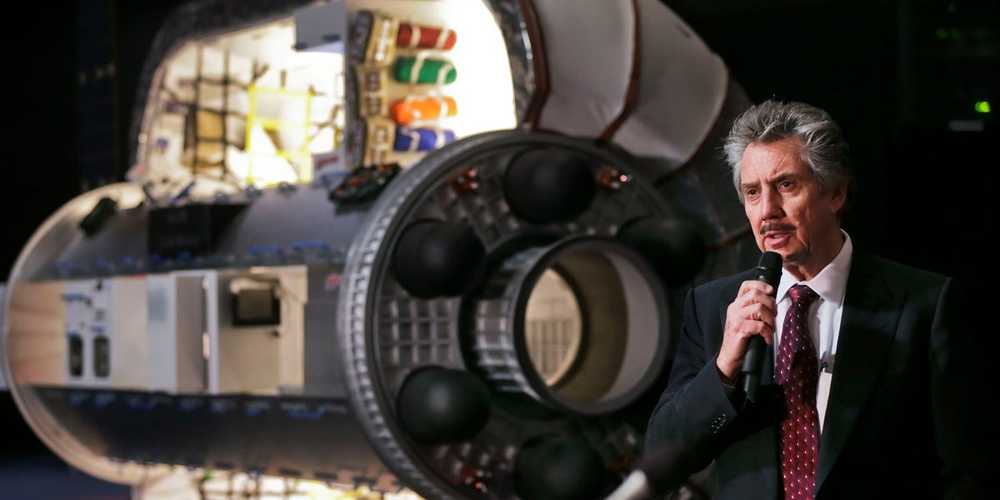

When the first smartphones arrived, few people understood how they would change our reality. Today, our internet-connected mobile device maps our travel, manages our finances, delivers our dinner, and connects us to every corner of human knowledge. In less than a generation, it has become almost an extension of our central nervous system — so indispensable that we can’t imagine leaving home without it to guide us.
We are about to embark on another journey even more important to every individual and to human society. We are entering the age of genomics, an amazing future that will dramatically improve the health outcomes of people across the planet. Soon, we won’t be able to imagine a time when we left home without knowledge of our genome to guide us.
But this future isn’t a generation away. As early as 2020, I believe we will be living in a world where software uses knowledge of our personal genome to guide us, like a health GPS, toward choices that are appropriate for us as individuals. From the foods we choose to eat to the medicines we take to prevent or cure disease, from helping us avoid exposure to environmental risks to eradicating thousands of genetic diseases, genomics will reveal such immense possibilities that it will feel as if we can see and hear for the first time.
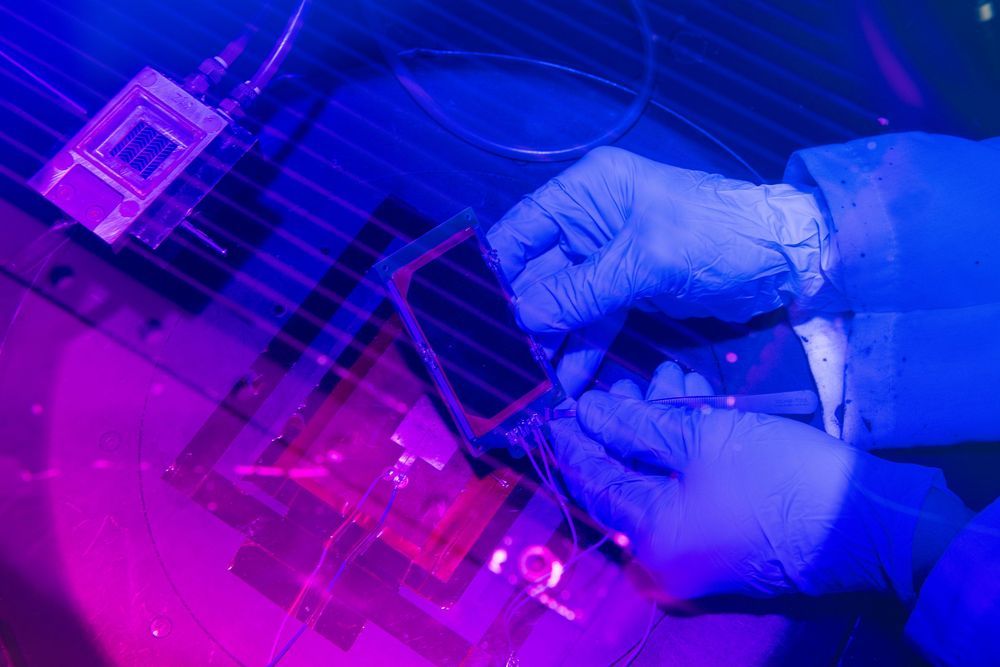
“There are a number of critical technologies that have to be assessed and tested before we go to Mars,” he told Quirks & Quarks host Bob McDonald.
His short-list includes reusable landers, new space suits, mining gear, water and fuel production plants and safe nuclear power sources that could be used to power habitats and equipment on the red planet.
Thirsk himself is currently working with the Canadian Space Agency to investigate the unique biomedical and health care issues involved in long term deep space missions.
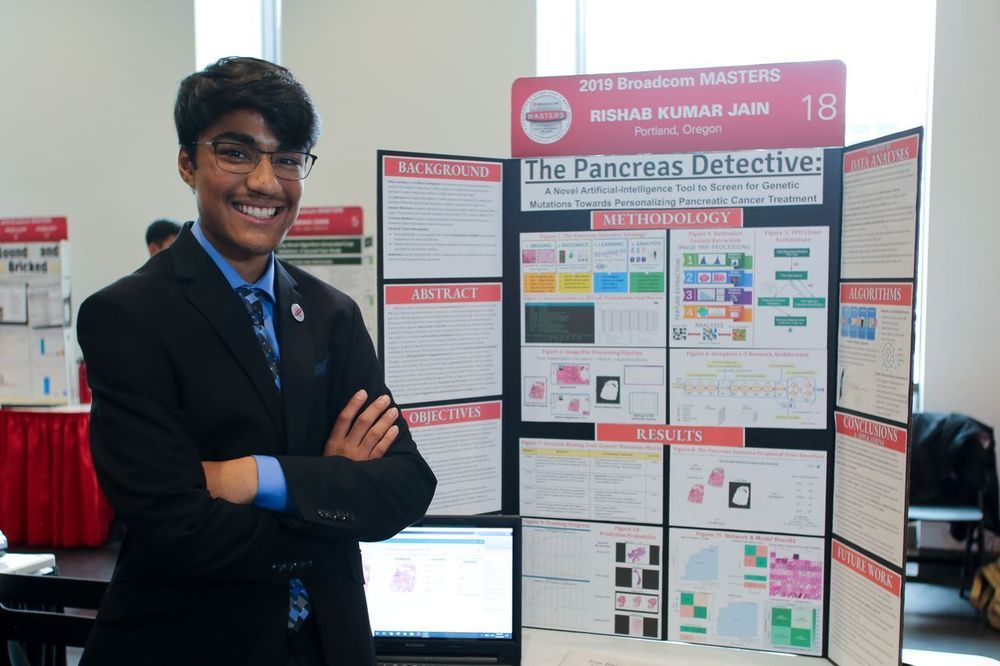
A Portland teen won second place in a national technology contest, taking home $2,500 that he can use to attend science camp next summer.
Rishab Jain, 14, is a freshman at Westview High School. His winning project, which he calls the Pancreas Detective, is an artificial intelligence tool that can help diagnose pancreatic cancer through gene sequencing. The algorithm helps doctors focus on the organ during examinations, which is often obscured because it moves around the abdominal area as patients breathe and other bodily functions shift other organs as well.
Last year, the same project netted $25,000 from 3M when he attended Stoller Middle School. He used that money to fund his nonprofit, Samyak Science Society, which promotes science, technology, engineering and math education for other children, Time Magazine reported.


(CNN) — SpaceX is on a mission to beam cheap, high-speed internet to consumers all over the globe. And this week the company revealed a few earthly locations that are already linked to the network, including CEO Elon Musk’s house and the cockpits of a few Air Force jets.
It’s part of early testing for the 60 broadband-beaming satellites and two demo devices that SpaceX has already launched into orbit.
Eventually, the company wants to operate thousands of satellites that will circle the planet at about 300 to 700 miles overhead. The project is called Starlink, and if it’s successful it could forever alter the landscape of the telecom industry.
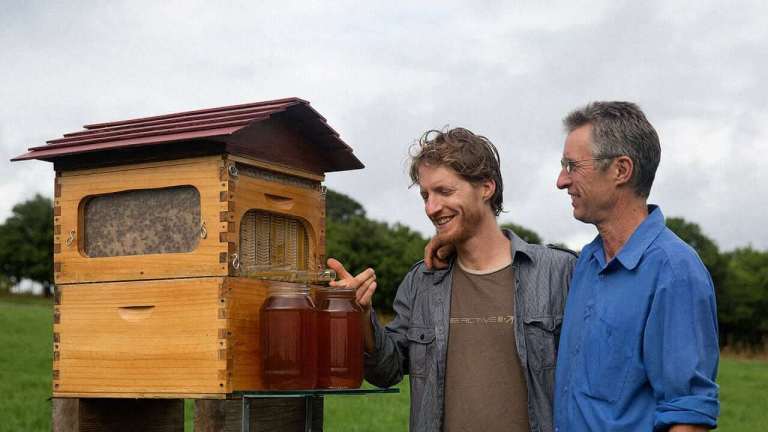
These two men have increased the global honeybee population by 10 percent with their invention – a hive that lets humans harvest honey without harming bees.
The “Flow Hive” is a man made bee house, that bees can’t tell apart from their own hives, that allows honey to flow out of it without harming bees.

Space — also commonly known as the final frontier — has left us in a state of awe since we ever first laid eyes on it. Inspired by numerous works of science fiction, we’ve made it a mission of ours to not only explore space but to colonize its planets as we continue searching for a secondary home.
And while our efforts have been mildly successful thus far, a group of non-biological “creatures” have already achieved the difficult task of conquering space. They’re known as robots.
Whether on the International Space Station (ISS) or on another planet, these automated machines have extended our reach into the cosmos far better than any actual human hand has accomplished. It all started in 1969 when the Soviets made the first attempt to land a robotic rover, known as Lunokhod 0, onto the Lunar surface of our Moon. Unfortunately for the Soviets, the rover was unsuccessful in its landing; instead crashing down after a failed start.
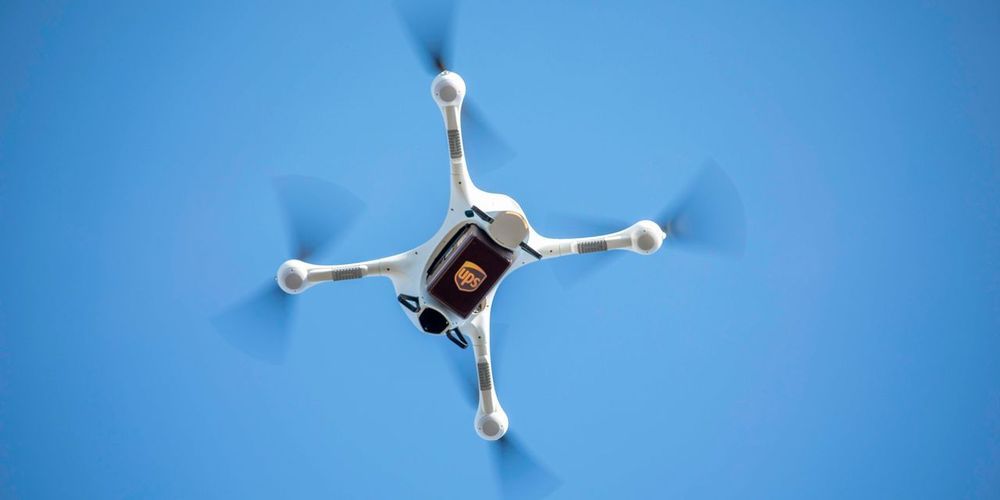
United Parcel Service Inc. is striking a series of drone-delivery agreements with health-care groups as it develops new technology pitched to the growing medical market.
The plans include expanding the use of drones to deliver cargo such as medical samples and supplies on hospital campuses in Utah and elsewhere, and an agreement with CVS Health Corp. to evaluate the use of drones for home delivery of prescriptions and other products, UPS said Monday.
The agreements are the first UPS has announced since the package delivery giant won U.S. regulatory approval to operate commercial drone flights through the company’s Flight Forward subsidiary. The nod from the Federal Aviation Administration paves the way for UPS to scale up operations as it competes with FedEx Corp., Amazon.com Inc. and others vying to develop drone delivery services in the U.S.